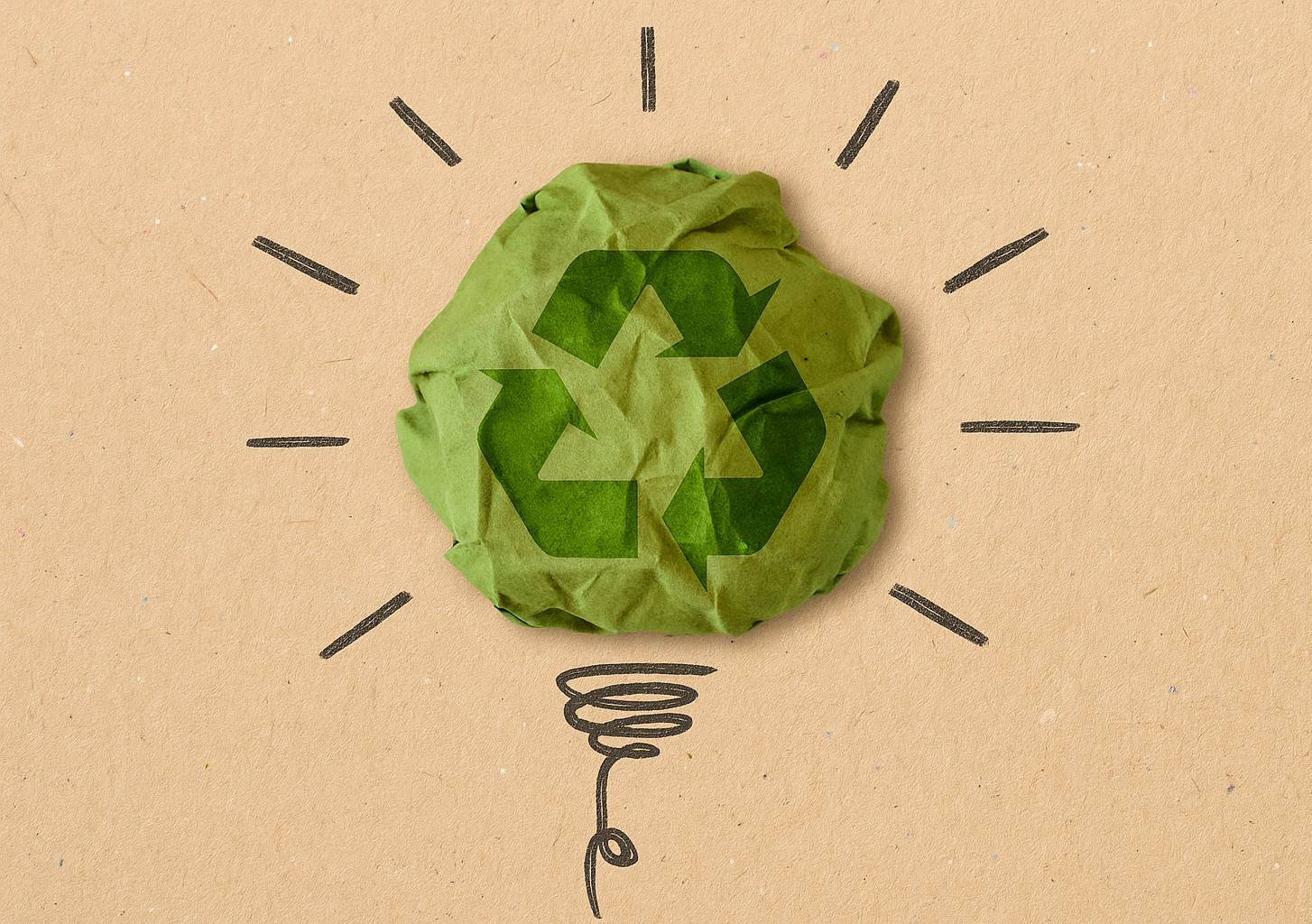Originally published May 2024. Updated November 2025.
Sustainability is no longer a marketing trend. It's a competitive advantage and the foundation of long-term brand trust for modern DTC businesses.
The question for founders isn't whether to invest in sustainable logistics. It's how fast you can operationalize it before competitors do.

Consumer expectations have shifted faster than most brands realize.
73% of shoppers are willing to change their buying habits to reduce environmental impact, according to NielsenIQ's "The Changing Climate of Sustainability" report. Over 60% would pay a premium for sustainably delivered products, per McKinsey & Company's 2025 analysis.
This isn't a niche anymore. It's a market majority signaling that they'll reward brands that prove environmental responsibility. For DTC businesses, this represents two things simultaneously: competitive pressure and commercial opportunity.
The math is clear. Sustainable logistics cuts costs, improves cash flow, and builds brand loyalty. It's not a trade-off between environmental responsibility and profitability. It's how you achieve both at the same time.
Leading brands already know this. They're using sustainable logistics to:
The competitive window is narrow. Brands that build sustainable logistics now will have structural cost and loyalty advantages over those that wait for regulations or customer pressure to force action.
We've created a comprehensive two-part guide to help founders operationalize sustainable logistics without getting lost in theory.
Part 1: What Is Sustainable Logistics walks through the foundational concepts, the business case, and the frameworks that transform sustainability from a marketing buzzword into an operational strategy. You'll understand the why and the what before moving to implementation.
Part 2: 7 Practices Leading Brands Implement Today dives into the specific, measurable tactics that leading ecommerce brands are using right now. You'll see real examples, concrete metrics, case studies, and a step-by-step roadmap for building a carbon-efficient supply chain at your company.
Once you've read both parts and understand the strategy, book a demo with Portless to see how direct fulfillment makes sustainability both measurable and profitable for your brand. Most founders underestimate what's possible when fulfillment is designed for efficiency from the start. We'll show you the numbers specific to your business model.
New to sustainable logistics?
Start with Part 1: What Is Sustainable Logistics to understand the foundational concepts.
Then explore Part 2: Sustainable Logistics: 7 Practices Leading Brands Implement Today to see how to execute them.
Once you've read both, book a demo with Portless to see how direct fulfillment makes sustainability measurable and profitable for your brand.